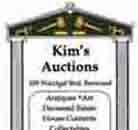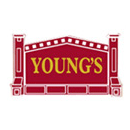
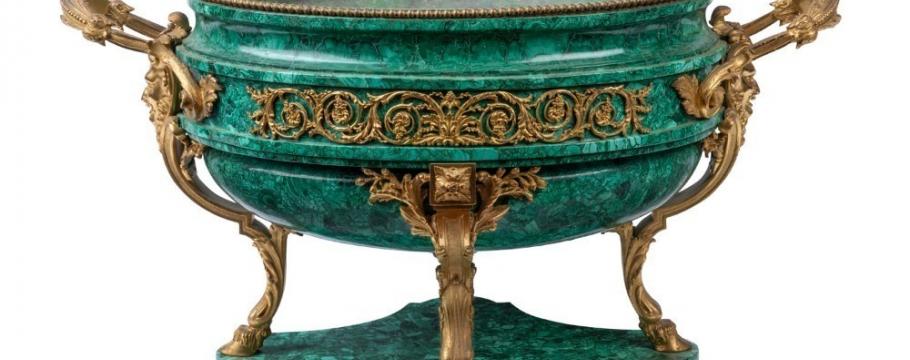
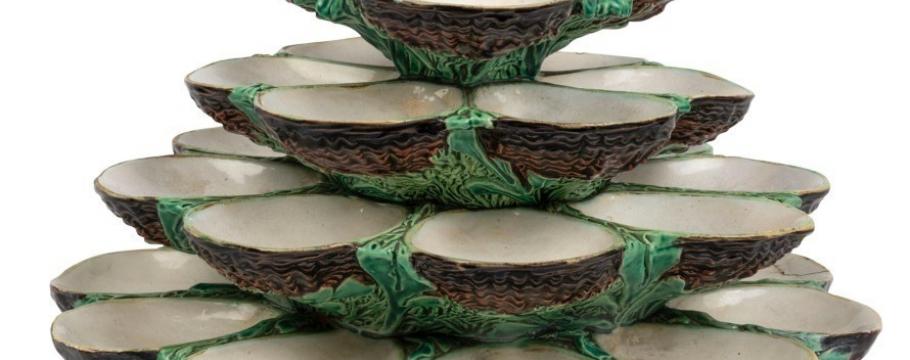
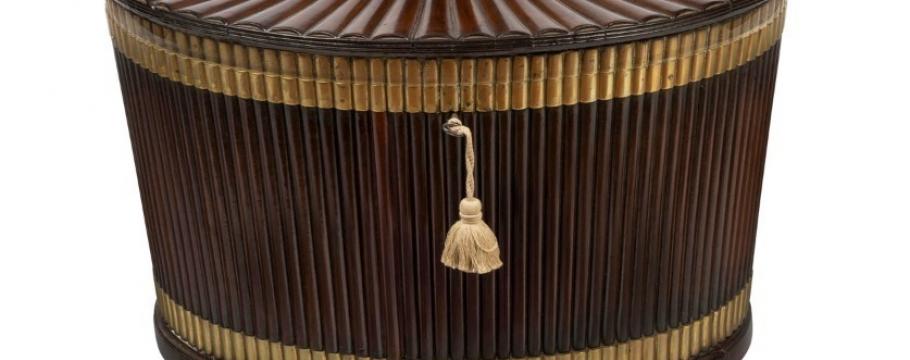


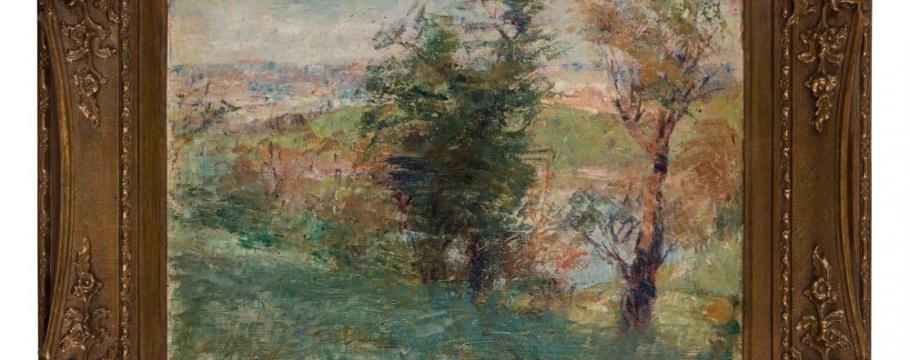

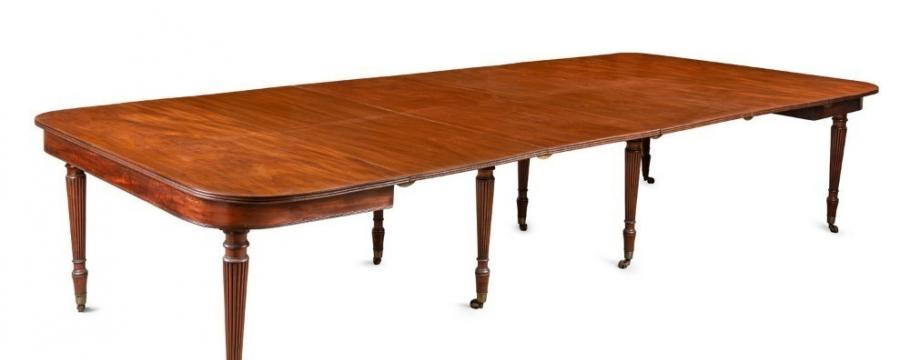
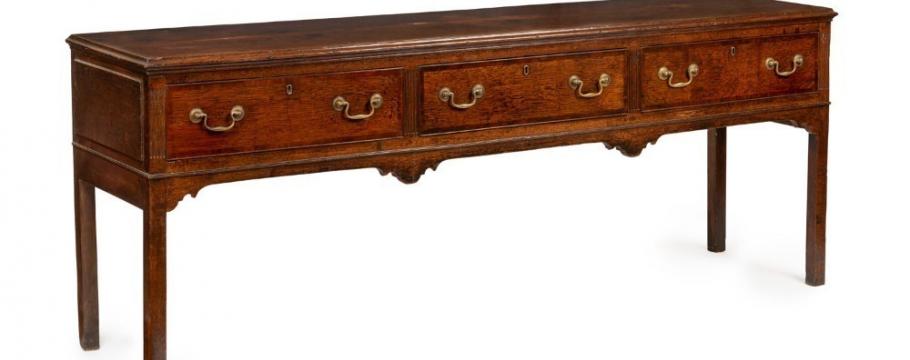
Australian Decor inventor collection up for auction
Author: Richard Brewster | Posted: 23rd May, 2022
Creators are a special breed and the man who invented the Décor brand and brought world-class design, creativity and innovation to Australian homewares, the son of an English adventurer and grandson of a pearl fleet owner on his mother’s side, is no exception.
This unusual mix produced Great Depression child Brian Middleton Davis who was born in May 1930 in Broome, Western Australia before the family moved to Melbourne where Brian enjoyed a happy childhood designing and building model boats and billycarts at their Brighton home.
On leaving school in 1946, he trained with G.J. Coles in homewares and toys merchandising before seven years later joining his uncle Alex Tolmer at Toltoys.
The cane hoola hoop was Brian’s creation and soon Toltoys was selling 25,000 plastic versions each week as the craze swept the world in the late 1950s.
Brian, who died in 2021, was not only a designer but also used his talents for collecting antiques, art and collectables. From 2pm Sunday May 29 Leski Auctions will auction his extensive collection of silver, porcelain, glass, clocks, furniture, paintings and jewellery at 727-729 High Street, Armadale.
By 1958, Brian had formed his own company and registered the original Décor trademark introducing such innovations as the Habana beaker set of six plastic tumblers that fitted neatly into an airtight container.
In conjunction with his designers Richard Carlson and Tony Wolfenden, Brian rapidly expanded the Décor range, including the two bottle BYO wine chiller once BYO restaurants became popular in the late 1970s.
The wine chiller had such an impact that in 1980 it was awarded the Prince Philip Prize for Australian Design, included on Prince Charles and Lady Diana’s wedding gift register and chosen for permanent display in the Design Collection of the New York Museum of Modern Art.
By the mid-1980s, Brian globalised the company – consistently creating products that reflected both design quality and simplicity. Retiring at 83, over his 55 years at the helm the company received hundreds of awards for design excellence, promotion and export. In recognition of such a contribution he was inducted into the Design Institute of Australia’s Hall of Fame.
Despite never having children, Brian was generous in support of the arts and Australian charities and in January last year – a few months before he died – was awarded a member of the Order of Australia for his commitment to business and philanthropy.
Brian’s collection is almost as interesting and unusual as his innovative designs.
This can be seen from the opening lot – a Queen Anne circa 1702 sterling silver covered tankard made by John Gibbons of London – with a $2500-$3500 catalogue estimate.
A mid-19th century antique French carved malachite wine cooler with ormolu mounts (lot 84), most likely made for the Russian market, is another impressive piece at $6000-$8000 – along with mid-19th century Minton antique majolica revolving oyster tower (lot 86).
The Irish get a look in with a circa 1770 George III standing oval cellarette (lot 109) that has been estimated at $4000-$6000.
Among the timepieces on offer is a quality French Corniche carriage clock manufactured for Le Roya & Fils, Paris (lot 108) and a circa 1740 George II rare scarlet lacquered long case clock with chinoiserie decoration (lot 107).
Art is another major drawcard of the collection with paintings like Frederick McCubbin’s (1855-1917) Towards Richmond, from Kensington Road, South Yarra(lot 153) exerting great pulling power with the likes of a work entitled Veules, 1887by an unknown artist (lot 150).
The furniture is of amazin g quality and includes an English Gillows George III D-end banquet table (lot 112) and fine George III oak dresser (lot 110).

